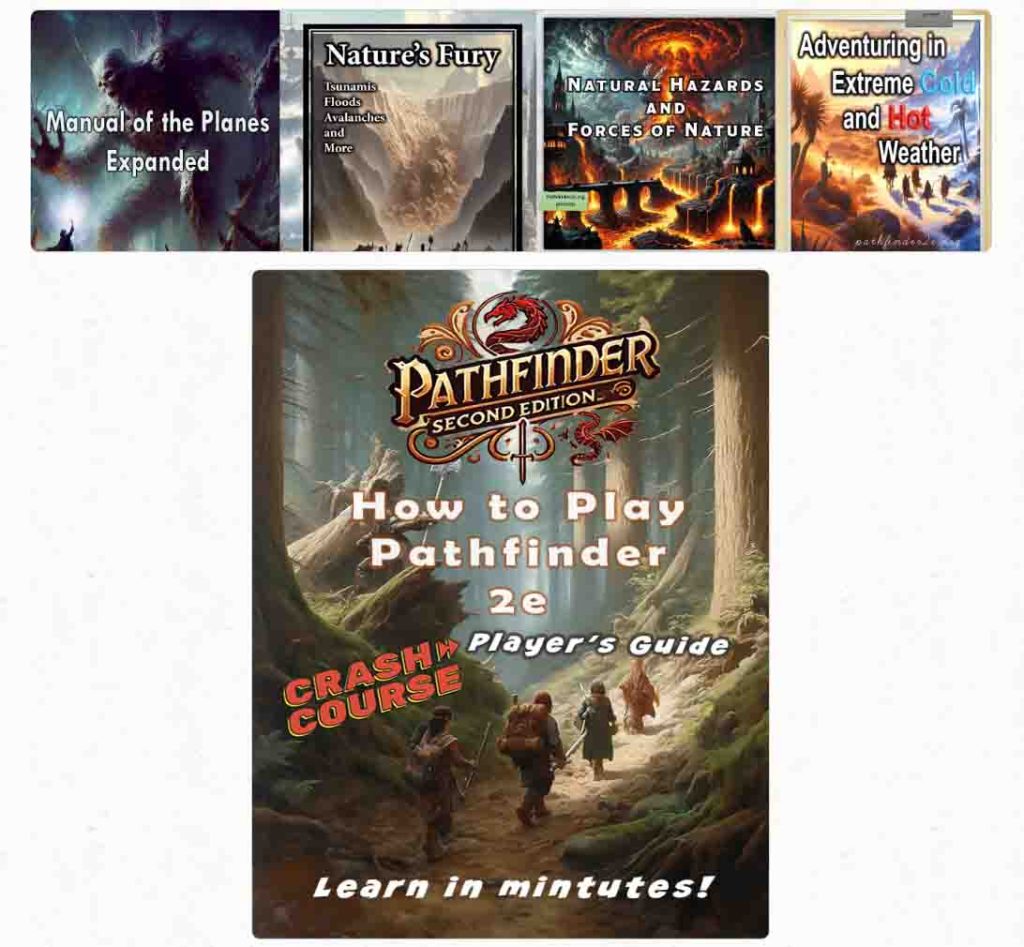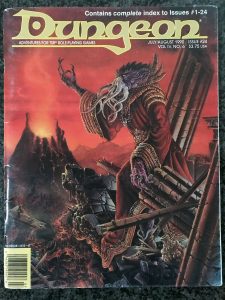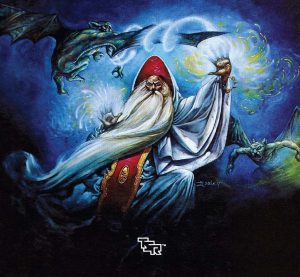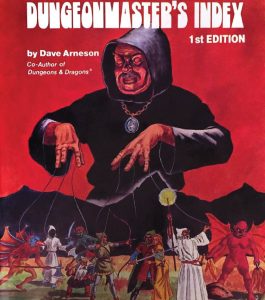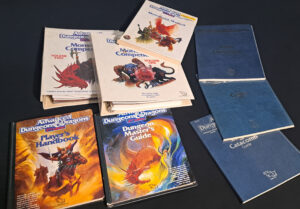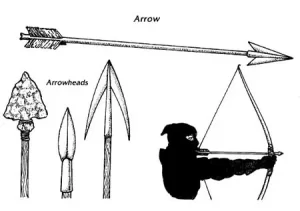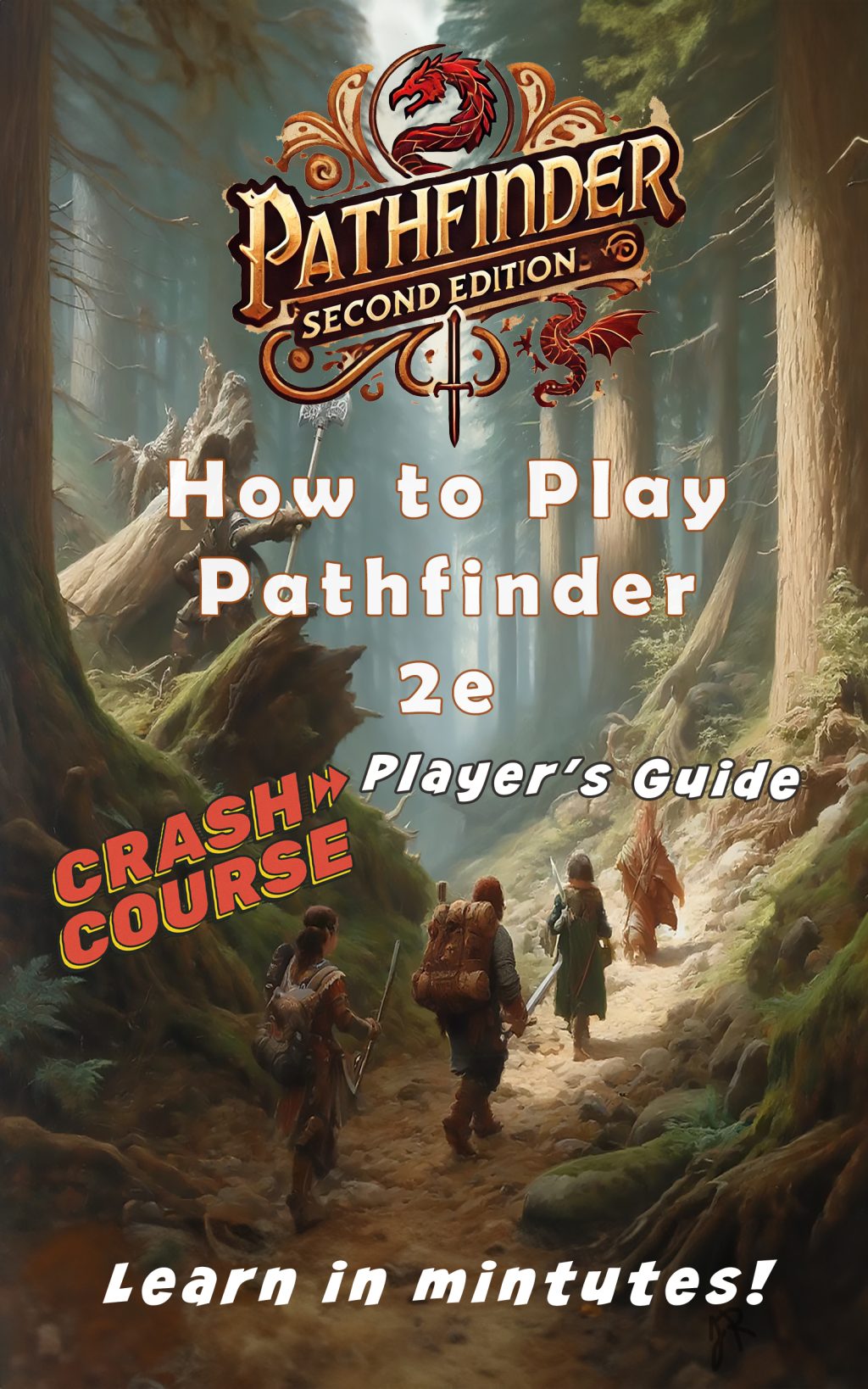
Guide focuses on several core, basic rules of Core Rulebook, Player Core 1 and Player Core 2 books to start playing as a player. If you have any questions or comments, contact me at https://pathfinder2e.org or ask your Game Master.
Follow along your reading while generating your character at: https://pathfinder2e.org/pf2e-character-generator.html (desktop, tablet, or laptop recommended).


First time reading? Guide is designed to be read from beginning to end.
If italicized and bold, it has been defined in this book i.e. Check, Action, Ancestry, etc.
Several keywords and formulas have been repeated at times to help you remember.
Note: actual PDF layout is better.
Keywords Pathfinder 2e
GM - Game Master: The person who orchestrates and narrates a tabletop role-playing game, acting as the storyteller, referee, and guide for the players' adventures.
Class: Represents the adventuring profession chosen by a character i.e. Bard, Druid, Cleric etc.
DC - Difficulty Class: How hard it is to succeed: DC is a target number that the dice roll result must meet or exceed for an Action to be successful.
Action: an interaction with the world around you (shove, take cover, etc.)
The DC represents the difficulty of a task, and it's compared to the result of a d20 roll plus any relevant modifiers (value +/- to your dice roll) to determine the outcome of an Action.
Modifier: When performing a check, you roll a d20 with relevant modifiers. Modifiers are used throughout the game to adjust the results of dice rolls to determine the outcome of various Actions.
Modifiers come from a variety of sources: Ability Modifier, Proficiency Bonus, spells, feats, magic items, etc.
Proficiency Bonus: This Proficiency Modifier represents a character's aptitude at a specific task, Skill or Action, and there are five Proficiency Ranks: untrained, trained, expert, master, and legendary.
Proficiency Bonus is added to checks when using a Skill, Saving Throws, or other Ability in which a character has a Proficiency Rank. It's also added to DCs that are based on those proficiencies, such as your Skill DCs and Class DC.
Proficiency Ranks:
Untrained: No Bonus
Trained: Add your level + 2
Expert: Add your level + 4
Master: Add your level + 6
Legendary: Add your level + 8
d20 = 1d20 = 1 20-sided die. So, 2d8 would be 2 8-sided dice, 5d4 would be 5 4-sided dice, etc.

Natural 1: Rolling a 1 on a d20. Typically results in a critical failure, often called a fumble. Critical failures can have additional negative effects beyond a normal failure. High modifier can sometimes offset a natural 1.
Natural 20: Rolling a 20 on a d20. Usually results in a critical success, leading to especially positive outcomes, like double damage on a Strike. High DCs can still reduce the success level.
Check: Any d20 roll to determine an outcome. Includes attack rolls, skill checks, and saving throws.
Critical Success: A critical success occurs when your check result exceeds the DC by 10 or more.
Critical Failure: A Critical failure occurs when your check is 10 or more below the DC. Certain abilities (feats, spells, etc.) may modify these outcomes.
Fortune and Misfortune: Effects that allow rerolls or rolling twice, taking the higher or lower result. Only one fortune and one misfortune effect can apply to a roll. They cancel each other out if applied simultaneously.
Attributes = Abilities: Represent natural Strength: Physical power. Dexterity: Agility and reflexes. Constitution: Endurance and health. Intelligence: Logic and knowledge. Wisdom: Insight and awareness. Charisma: Charm and influence.
Attribute Boosts: Increase a character's core Attribute scores, improving their overall abilities. Determined by Ancestry, Background, Class and Free Boosts.
Attribute Flaw: Reduce a character's core Attribute scores, creating weaknesses or disadvantages. Determined by Ancestry.
Saving Throws ("save" or "save throw"): Rolls made to resist harmful effects or avoid danger, determined by a specific Ability Modifier: Fortitude, Reflex, Will.
Fortitude: A saving throw that measures a character's Abilities to resist physical effects like poison, disease, or exhaustion. Determined by Constitution modifier.
Reflex: A saving throw that represents a character's agility and Abilities to dodge dangers like traps or explosions. Determined by Dexterity modifier.
Will: A saving throw that reflects a character's mental fortitude to resist mind-affecting effects like fear or enchantment. Determined by Wisdom modifier.
Perception: A character's Abilities to notice, sense, or detect things in their environment, often used for spotting hidden threats or opportunities.
Calculate Perception
Perception = Proficiency Bonus + Wisdom modifier + Item bonuses + bonuses or penalties
Ability Modifier: number derived from your Abilities score (Strength, Intelligence, etc.) - think Strength modifier, Wisdom modifier, etc.
Calculate Ability Modifier
Ability Modifier = (Ability Score - 10) ÷ 2 (rounded down)
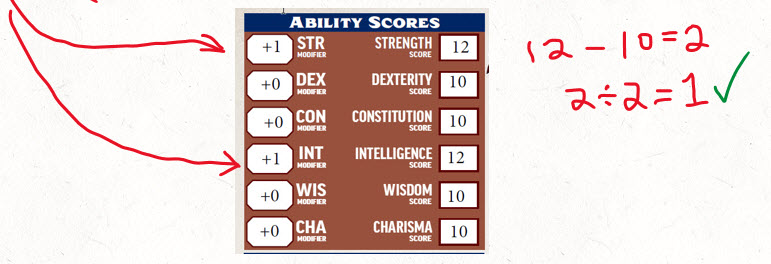
Spell Attacks vs Save Throw: magic at target - is the DC that creatures must meet when they are attempting a save throw against spell attack to dodge its effects.
Calculate Spell DC
10 + a spellcasting attribute modifier + spellcaster's Proficiency Bonus + bonuses or penalties
Spell Attacks vs AC: magic at target -Rolls made by spellcasters to determine if their spell successfully hits a target. Spell attacks are made against the target's Armor Class (AC).
A spell attack roll uses a Spell Attack Modifier.
Calculate Spell Attack Modifier
Proficiency Bonus + Ability Modifier + bonuses or penalties
The Ability Modifier for a spell attack roll depends on how you gain access to your spells i.e. Bard uses Charisma, Cleric uses Wisdom, Wizard uses Intelligence, etc.
AC - Armor Class: rating for how difficult it is to land an attack.
Calculate Armor Class
AC = 10 + Dexterity modifier (limited by armor's Dex Cap) + Proficiency Bonus + armor's Item bonus + other bonuses or penalties
Without armor, a character's AC relies solely on their unarmored defense's Proficiency Rank.
Proficiency Rank: training in skills, weapons, or armor. Untrained +0, Trained: +2, Expert: +4, Master: +6, Legendary: +8.
This proficiency system ensures that as characters develop, their effectiveness in combat, spellcasting, and other trained areas improves, demonstrating their progression and mastery in their chosen specialties.
Calculate Modifiers
Modifier = Key Ability Modifier + Proficiency Bonus + other bonuses/penalties
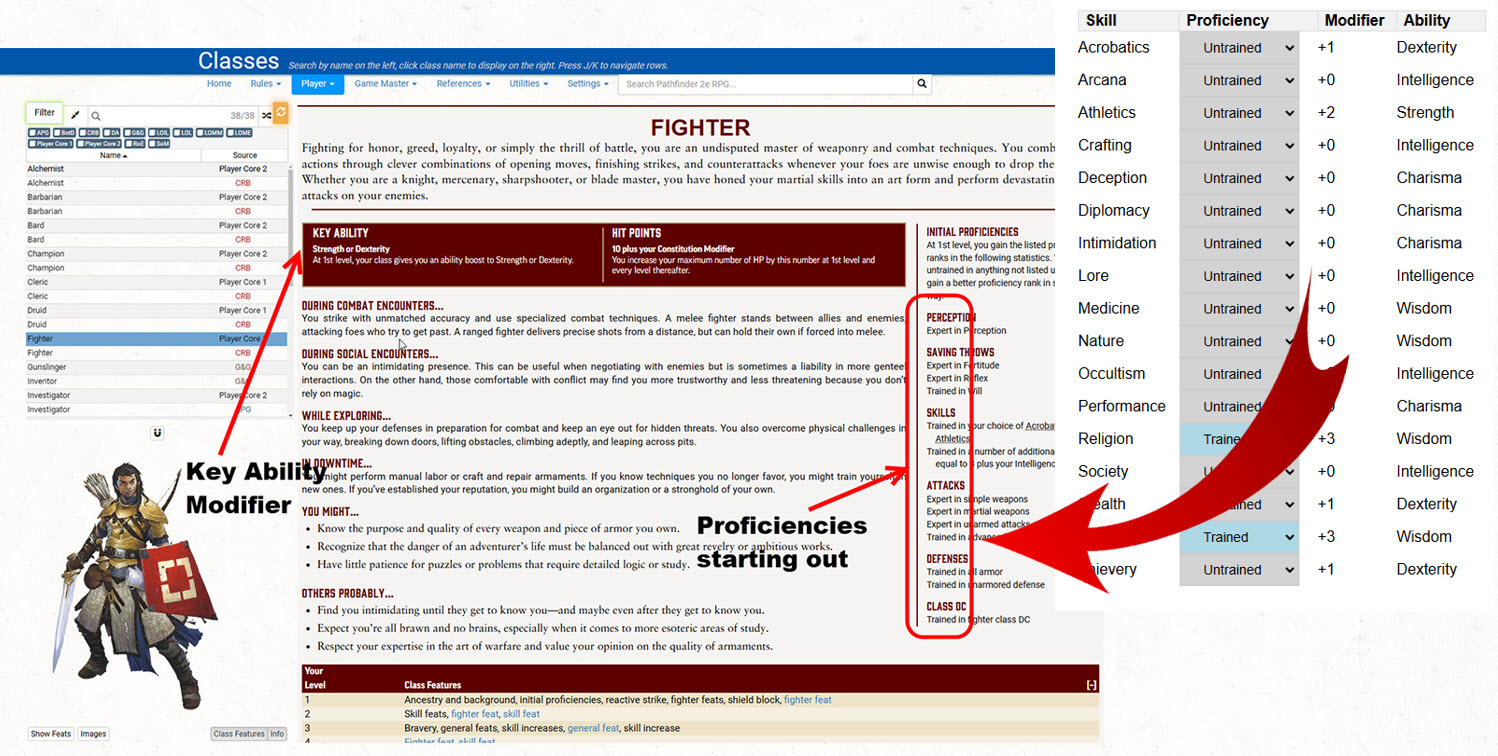
Spellcasting Attribute Modifier: This is the key ability modifier for spell casters (Intelligence, Wisdom, or Charisma) used to determine the effectiveness of your spells.
It is determined by your Class or, in some cases, your Ancestry (heritage and cultural background, think race: elf, dwarf, etc.) or other features.
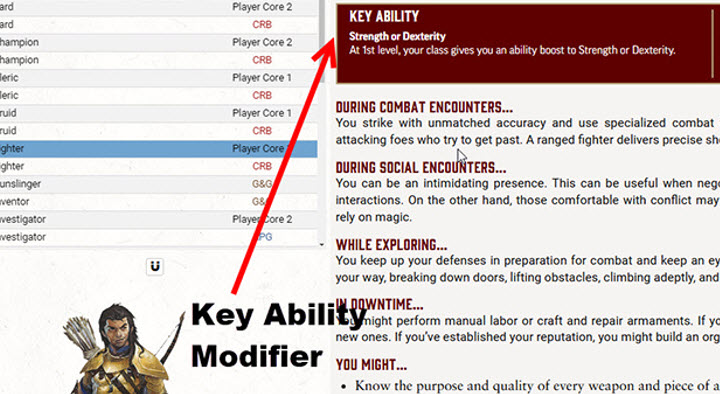
Refer to your Class details to identify your specific spellcasting ability. Look for Key Ability notation in the Class you are reading (see image above).
Skill Feats: Are specialized Abilities that enhance or expand the use of a particular Skills. They provide additional options, bonuses, or unique capabilities related to the skill they are tied to.
Action: A basic unit of activity a character can perform during their turn. Examples include attacking, moving, and using items. Most Actions consume one of a character's three action points per turn, while some require two or three actions to complete.
Single Action: drawing a weapon, opening a door, swinging a sword, etc.

Two Actions: multi-actions, longer to perform i.e. casting spell, administering aid, etc.

Three Actions: complex actions that require three actions to complete.

Free Action: costs no actions per turn, no trigger i.e. speaking, dropping item, etc.

Reaction: response to a trigger, only once per round i.e. shoving, shield block, etc.



And included in book are:
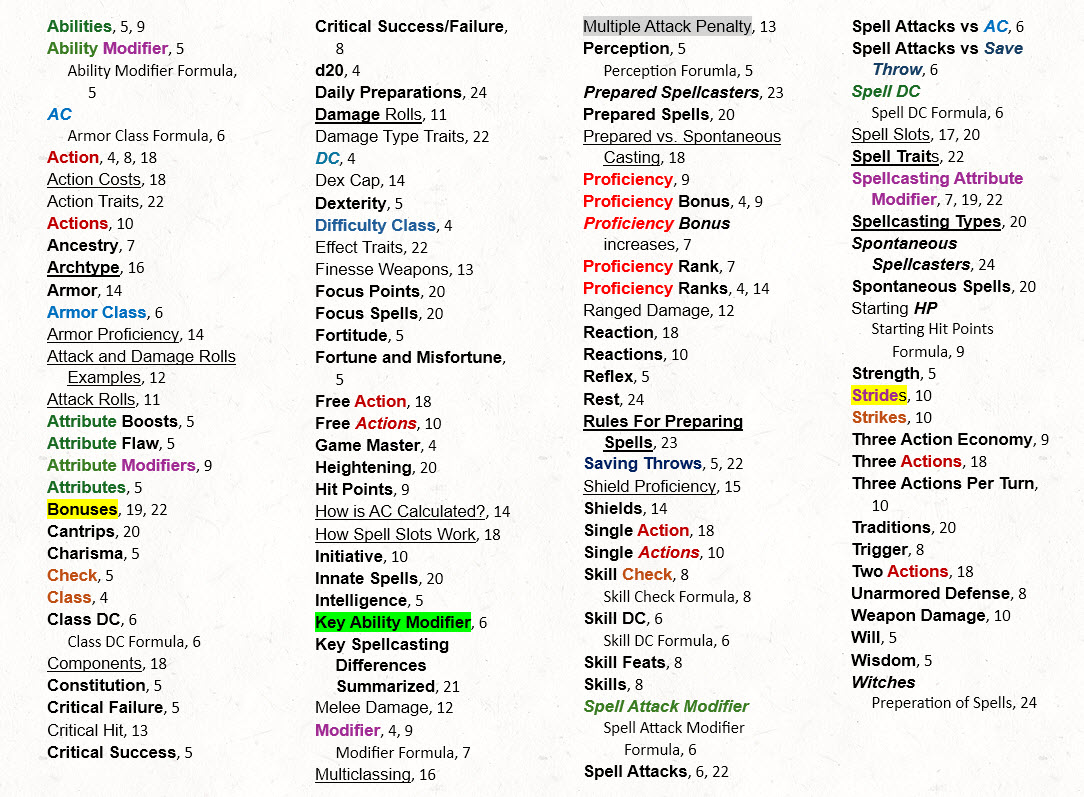

Support
Donate $3 and get all 5 books: Patreon
